Table of content
- Allergies and Sensitivities
- Texture Considerations
- Nutritional Benefits
- Fresh or Frozen Shrimp
- Rice or Oatmeal
- Water or Baby Formula
- Vegetables (Optional)
- Seasoning (Optional)
- Cleaning and Peeling
- Cooking the Shrimp
- Rice Porridge
- Oatmeal Porridge
- Adding Shrimp
- Adding Vegetables (Optional)
- Adjusting Consistency
- Seasoning (Optional)
- Serving
- Storing
Introduction
Introducing solid foods to your baby is a significant milestone in their development. It marks the beginning of their journey towards a more varied and nutritious diet. Shrimp porridge is an excellent choice for babies as it combines the delicate flavor and texture of shrimp with the comfort and nutrition of porridge. However, preparing shrimp porridge for babies requires careful consideration of their dietary needs, food allergies, and texture preferences. This comprehensive guide will walk you through the process of making shrimp porridge for babies, ensuring it is safe, nutritious, and delicious.
Understanding Baby’s Dietary Needs
Before diving into the recipe, it’s crucial to understand your baby’s dietary needs and any potential allergies. Babies typically start trying solid foods between 4 and 6 months old, but this can vary depending on their development. Always consult with your pediatrician before introducing new foods to your baby.
Allergies and Sensitivities
Shrimp is a common allergen, so it’s essential to introduce it carefully. Wait until your baby has tried and tolerated other solid foods before introducing shrimp. If you have a family history of allergies, consider consulting an allergist before introducing shrimp to your baby.
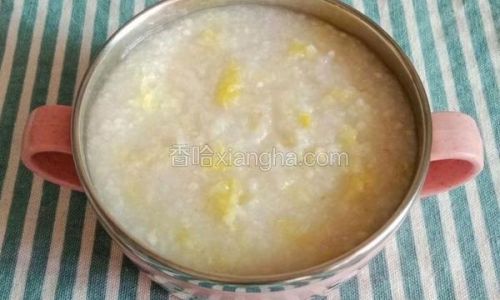
Texture Considerations
Babies’ digestive systems and mouths are still developing, so the texture of their food should be smooth and easy to swallow. As your baby grows, you can gradually increase the texture and complexity of their meals.
Nutritional Benefits
Shrimp is a rich source of protein, omega-3 fatty acids, and various vitamins and minerals, such as vitamin D, iodine, and zinc. These nutrients are essential for your baby’s growth and development.
Choosing the Right Ingredients
The quality of your ingredients will directly impact the taste and nutrition of your baby’s shrimp porridge. Here’s what you’ll need:
Fresh or Frozen Shrimp
Choose fresh or high-quality frozen shrimp. Avoid shrimp that has been previously cooked or seasoned, as these can contain additives and preservatives that are not suitable for babies.
Rice or Oatmeal
You can use either rice or oatmeal as the base for your porridge. Both are easy to digest and provide essential carbohydrates and fiber.
Water or Baby Formula
Use water or baby formula to cook the porridge. Breast milk can also be used, but it may alter the taste and texture slightly.
Vegetables (Optional)
Adding vegetables like carrots, sweet potatoes, or spinach can enhance the nutritional value and flavor of the porridge.
Seasoning (Optional)
A pinch of salt or a dash of baby-friendly herbs like dill or parsley can add flavor without overpowering the shrimp. However, avoid using salt if your baby is under one year old, as their kidneys are still developing.
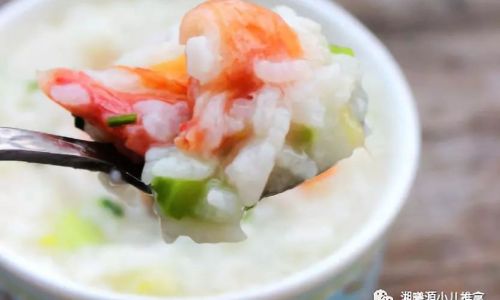
Preparing the Shrimp
Cleaning and Peeling
- Rinse the Shrimp: Start by rinsing the shrimp under cold running water to remove any dirt or debris.
- Peel and Devein: Peel the shrimp, removing the shell and tail. If the shrimp has a dark intestinal tract (vein), gently remove it using a sharp knife or a toothpick.
- Pat Dry: Pat the shrimp dry using a paper towel to remove any excess moisture.
Cooking the Shrimp
- Boiling: Bring a pot of water to a boil. Add the shrimp and cook for about 2-3 minutes, or until they turn pink and opaque.
- Steaming: Alternatively, you can steam the shrimp for about 5-7 minutes.
- Cooling: Once cooked, remove the shrimp from the heat and let them cool slightly.
- Chopping: Once cool, chop the shrimp into small, bite-sized pieces. You can also blend them into a puree if your baby prefers a smoother texture.
Making the Porridge Base
Rice Porridge
- Rinse the Rice: Rinse 1/4 to 1/2 cup of rice under cold water to remove any starch.
- Cooking: In a saucepan, combine the rinsed rice with 1-2 cups of water or baby formula. Bring to a boil, then reduce the heat to low and simmer, stirring occasionally, until the rice is tender and the liquid is absorbed, about 15-20 minutes.
Oatmeal Porridge
- Measuring: Measure out 1/4 to 1/2 cup of oatmeal.
- Cooking: In a saucepan, combine the oatmeal with 1-2 cups of water or baby formula. Cook over medium heat, stirring frequently, until the oatmeal is thick and creamy, about 5-7 minutes.
Combining the Ingredients
Adding Shrimp
Once the porridge base is cooked, gently fold in the chopped or pureed shrimp. Stir well to combine.
Adding Vegetables (Optional)
If you’re adding vegetables, you can either cook and puree them separately and mix them into the porridge, or steam and chop them finely and add them directly to the porridge during the last few minutes of cooking.
Adjusting Consistency
If the porridge is too thick, you can add a little more water or baby formula to reach your desired consistency. Conversely, if it’s too thin, you can cook it for a few more minutes to thicken it up.
Seasoning (Optional)
Add a pinch of salt (if your baby is over one year old) or a dash of baby-friendly herbs to taste. Remember, babies have sensitive palates, so a little seasoning can go a long way.
Serving and Storing
Serving
- Temperature: Ensure the porridge is not too hot before serving it to your baby. Test the temperature by placing a small amount on the back of your wrist.
- Portion Size: Start with a small portion and increase as your baby’s appetite grows.
- Feeding Tools: Use a soft silicone spoon to feed your baby, as it’s gentle on their gums and easy to clean.
Storing
- Cooling: Let the porridge cool to room temperature before storing it in the refrigerator.
- Containers: Store the porridge in airtight containers, labeling them with the date.
- Reheating: When ready to serve, reheat the porridge gently in the microwave or on the stove, stirring occasionally to prevent sticking.
Safety Tips
- Hygiene: Always wash your hands, utensils, and cooking surfaces thoroughly before preparing food for your baby.
- Freshness: Use fresh or high-quality frozen ingredients and cook them promptly to avoid foodborne illnesses.
- Supervision: Never leave your baby unattended while they are eating, as they may choke.
Conclusion
Making shrimp porridge for babies is a simple yet rewarding process. By following this comprehensive guide, you can create a nutritious and delicious meal that your baby will love. Remember to introduce new foods carefully, monitor your baby’s reactions, and always consult with your pediatrician if you have any concerns. With a little love and care, you can nourish your baby and pave the way for a lifetime of healthy eating habits.
As your baby grows and their taste preferences evolve, you can experiment with different ingredients and flavors to keep their meals exciting and varied. Shrimp porridge is just the beginning of a journey filled with culinary adventures and cherished memories. Enjoy every moment and savor the taste of love in every bite.
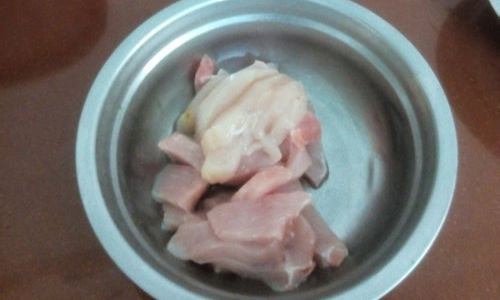
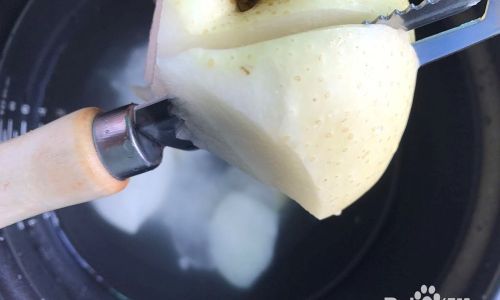
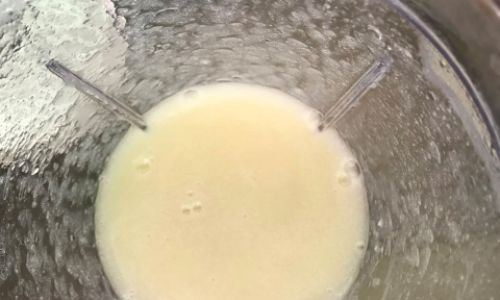
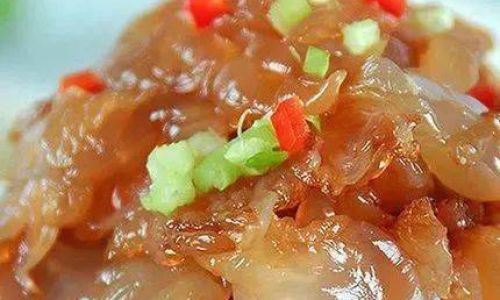
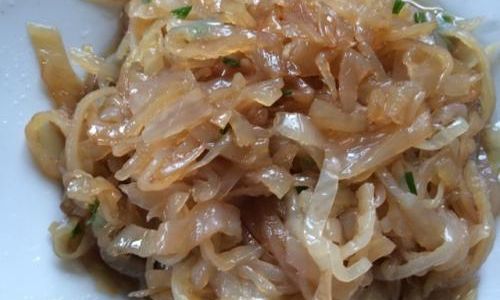
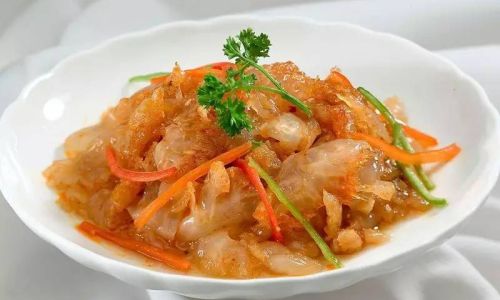
0 comments